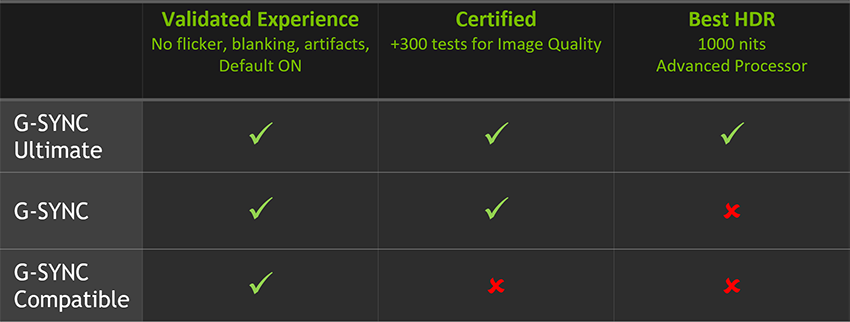Permabanned
- Joined
- 12 Sep 2013
- Posts
- 9,221
- Location
- Knowhere
Its not $10 or $20 he's just detracting from the real reason, the G-Sync Module is $150, add another $500 ontop of that if you want HDR. its well documented.
Your exact words were "Those who bought into G-sync thinking they are forever locked into nVidia no longer are." If you bought into G-sync you bought a G-sync monitor so unless you sell that one on you'll still be stuck only able to use Nvidia with the G-sync monitor tech.
It's not important, I was only making sure I hadn't missed additional info as that would have been a WTF! are Nvidia doing moment.

Yes you missed it. Maybe I worded it wrong. Basically if you buy/own one of these monitors that do both G-Sync/Freesync (this is how they will be branded after all) then you won’t feel stuck with one or the other.
I think you did
 With both you & Humbug effectively saying the same thing I thought either myself or someone at Nvidia must be going crazy.
With both you & Humbug effectively saying the same thing I thought either myself or someone at Nvidia must be going crazy. 




